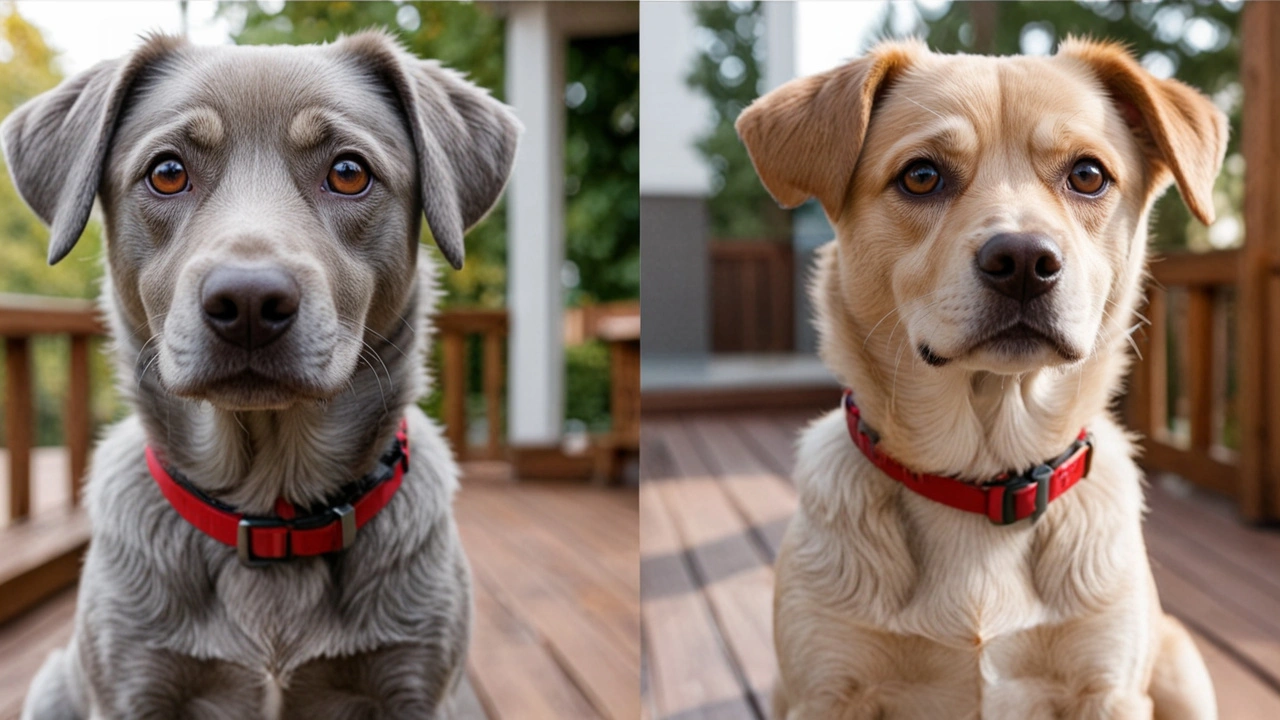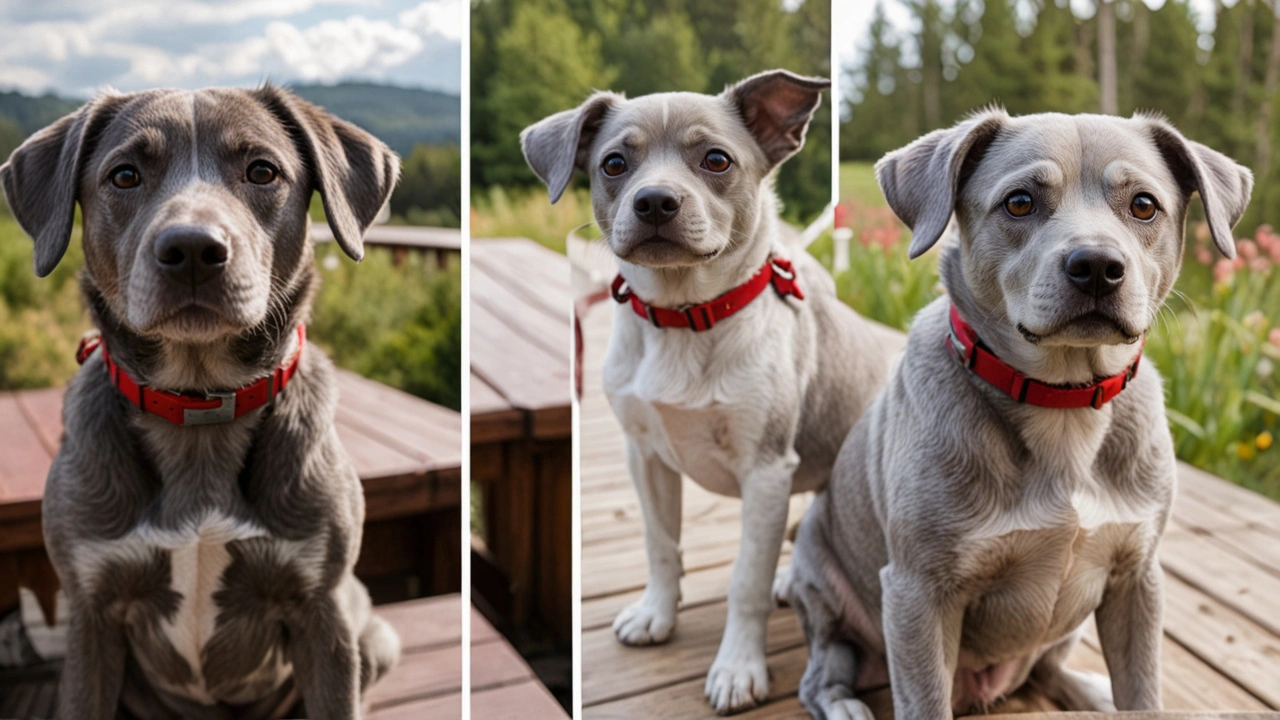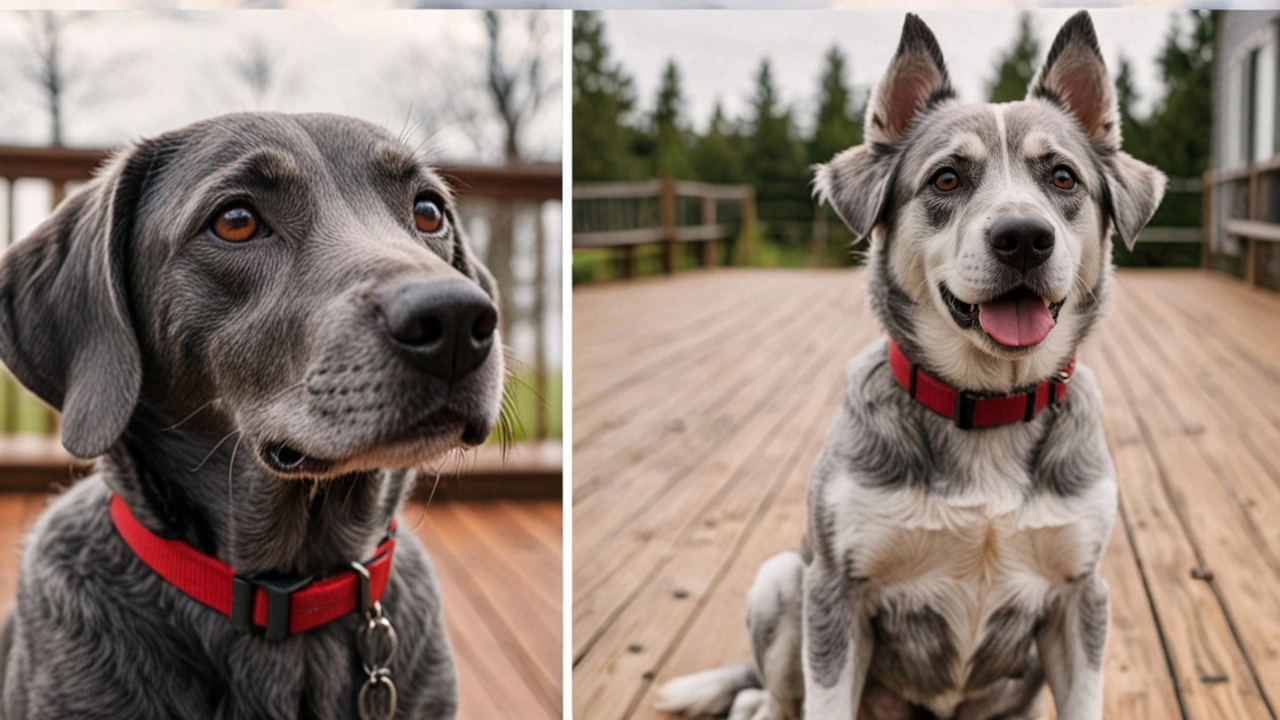The Growing Prevalence of Pet Cosmetic Surgery
In recent years, a new trend has taken root in the world of pet care: cosmetic surgery for pets. The procedure, colloquially known as 'nip and tuck,' particularly targets the area around pets' eyes. This surgical intervention aims to remove excess skin and fat, thereby providing a more youthful and refreshed appearance for the animal. It mirrors human cosmetic procedures yet adapts them for a different species. Increasingly, pet owners are turning to these surgeries, motivated not only by aesthetic reasons but also by the potential health benefits for their cherished companions.
Driving this trend is a combination of growing disposable incomes and shifts in societal attitudes toward pet care. Owning a pet now often extends beyond mere companionship; it's about elevating their quality of life with premium products and services. From gourmet pet foods to luxury grooming appointments, the 'pampered pet' culture has grown exponentially. It’s within this context that cosmetic surgeries have found their niche, proposed as another avenue for enhancing both appearance and health.
Aesthetic and Health Considerations
One of the most compelling reasons for pet owners opting for cosmetic surgeries is the combination of visual and health improvements. Aesthetic motivations are straightforward: owners desire their pets to look their best. This can be particularly appealing for those who involve their animals in shows, competitions, or social media where appearance significantly matters. A nip and tuck can thus be seen as an investment in the animal's showbiz career.
On the health front, the benefits are often cited concerning older animals. Over time, pets might develop sagging skin or bags under their eyes, similar to humans. This excess skin can sometimes impair vision or lead to other issues such as infections. Removing this surplus skin can thus ostensibly contribute to better overall health and comfort for the animal, providing a dual benefit: improved appearance and enhanced wellbeing.

Ethical and Controversial Perspectives
The rising popularity of pet cosmetic surgeries is not without its critics. Many veterinarians and animal rights advocates express concerns about the necessity and ethicality of such operations. Critics argue that subjecting animals to elective surgeries purely for aesthetic reasons borders on vanity and could be seen as prioritizing human desires over their pets' best interests. The core argument revolves around the concept of consent, or rather the lack thereof. Unlike humans, pets cannot decide or comprehend the need for cosmetic enhancements, making such decisions inherently one-sided.
Moreover, the medical risks associated with any surgical procedure cannot be ignored. Undergoing anesthesia, risk of infection, and post-operative complications are significant factors that should be weighed carefully. Even when performed by qualified veterinary surgeons, there are inherent risks that could impact an animal's health. This confluence of medical risk and ethical considerations makes the topic of pet cosmetic surgery deeply divisive.
Increased Emphasis on Pet Wellness
Despite the controversy, the demand for these procedures is undeniably on the rise. This trend underscores a larger movement towards comprehensive pet wellness. Today's pet owners are increasingly willing to go the extra mile, spending considerable sums to ensure their pets lead the healthiest and most fulfilling lives possible. From organic diets to advanced healthcare solutions, pet wellness now encompasses a broad spectrum of services, with cosmetic surgery being the latest addition.
Major urban centers, particularly those with affluent populations, have seen a noticeable uptick in the availability of such services. Veterinarians and specialized clinics offering cosmetic procedures have reported higher client inquiries and bookings, signaling a shift in how pet health and appearance are approached. This growing emphasis on systemic wellness mirrors trends observed in human healthcare, indicative of a broader societal shift towards preventative and holistic health solutions.

Future Directions and Considerations
As this phenomenon continues to evolve, it presents a complex interplay of medical, ethical, and societal factors. While the immediate future seems to favor the expansion of pet cosmetic surgeries, it is essential for ongoing transparent discussions within the veterinary community. Establishing clear guidelines and ethical boundaries will be crucial in navigating this burgeoning field responsibly.
Owners considering these procedures should be encouraged to conduct thorough research, consult with multiple veterinary professionals, and weigh the potential risks and benefits carefully. Ultimately, the welfare of the pet should always be the paramount consideration. The rise of cosmetic surgery for pets underscores a shifting paradigm in pet care, paving the way for new standards and practices that reflect our evolving understanding of animal welfare.
Summary
In conclusion, the rise of cosmetic surgery for pets, particularly the 'nip and tuck' procedures, marks a significant shift in the realm of pet care. While driven by both aesthetic and health considerations, this trend raises important ethical questions and medical concerns. As with any emerging trend, balanced and informed decision-making remains key, ensuring that the wellbeing of pets is always placed at the forefront.


 Sports
Sports
bob wang
July 14, 2024 AT 18:14Indeed, the emergence of elective pet procedures demands a thorough, multidisciplinary examination; veterinary ethics, client education, and regulatory oversight must evolve in tandem, lest we prioritize vanity over welfare, and consequently risk eroding public trust in the profession 🐾💉.
Seyi Aina
August 1, 2024 AT 18:14Yo this whole 'nip and tuck' hype is just owners showing off not caring about real pet health.
Alyson Gray
August 19, 2024 AT 18:14Oh my gosh, I literally felt my heart sink when I read about poodles getting eyelid lifts-it's like a tragic soap opera starring our beloved fur babies.
We all know how much we love to share picture‑perfect Insta moments, but when does that cross the line from cute to cruel?
Imagine a sweet old bulldog, eyes droopy from years of love, suddenly waking up with a stitched, plastic‑tight stare-doesn't that feel like a betrayal of trust?
And the vets? They're caught between a lucrative payday and their oath to do no harm, a dilemma that could haunt them for years.
Even the anesthesia risks are scary; a tiny creature under a knife is way more fragile than a human adult.
But some owners argue that removing excess skin actually helps the dog see better, preventing infections-so maybe it's not all about looks?
Nevertheless, I can't shake the image of a pampered pooch looking like a Botox‑infused cartoon, all for the sake of a flawless photo‑op.
We should be asking ourselves: are we enhancing the pet's life or merely satisfying our own egos?
The ethical debate feels like a battlefield between compassion and vanity, with no clear winner.
Pet welfare groups keep shouting about consent, but of course, a dog can't sign a form, so who's really deciding?
It's a messy, emotional rollercoaster, and I find myself torn between empathy for the owners' love and horror at the possible over‑medicalization of our companions.
Still, some veterinarians claim these procedures can prevent chronic eye issues-so maybe there’s a genuine health benefit hidden beneath the glitter.
All this makes me wonder if we're ushering in a new era of pet care where aesthetics outweigh natural aging, a trend that could ripple through future generations of animal lovers.
Ultimately, the conversation needs more voices, more research, and a fierce commitment to putting the animal's comfort above our Instagram feed.
Shaun Collins
September 6, 2024 AT 18:14Wow this is just insane
Chris Ward
September 24, 2024 AT 18:14Interesting take, but I think the trend actually reflects broader advances in veterinary medicine-more options mean owners can choose what’s truly best for their pets, not just what looks pretty.
Heather Stoelting
October 12, 2024 AT 18:14Let's keep pushing for better pet health and remember that love is shown in daily care not just in surgeries
Travis Cossairt
October 30, 2024 AT 17:14yeah, seems like a lot of hype but if it helps some older dogs maybe it’s worth a look
Amanda Friar
November 17, 2024 AT 17:14Sure, because nothing says "I love my cat" like a DIY facelift-let's just make sure the anesthesia staff bring their crystal balls to predict the complications.